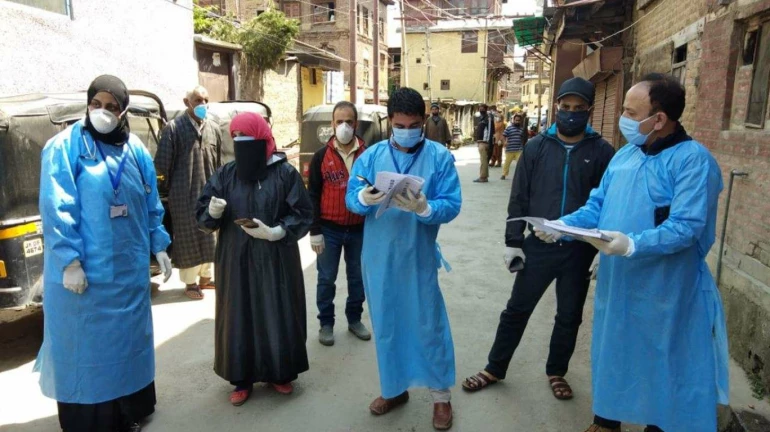
With an aim to find a solution to the ongoing coronavirus crisis in Mumbai, the Brihanmumbai Municipal Corporation recently decided to appoint seven IAS officers. They will be working to improve the doubling rate of these cases in the city, in their respective zones.
The circular was issued by Praveen Pardeshi on May 7, 2020, and it stated that the target given to these officers was to improve the doubling rates from 10 days to 20 days, by May 17, 2020. Officers have been asked to be in their respective zones on the field, after which they will have to review the scenario and report to the municipal commissioner by 6 pm.
Here's the list of the IAS officers assigned to 7 zones in Mumbai
Observing the increase in coronavirus cases, the state government on May 8, 2020, the government decided to transfer Praveen Pardeshi as additional CS in the urban development department. Iqbal Chahal, who served as the UDD principal secretary became the new BMC Commissioner.
It is also said that due to the transfers which happened on Friday, AL Jarhad and Jayshree Bhoj may not be given the responsibility and their predecessors may be assigned the same. No official announcements have been made so far.
Reports also state that the IAS officers will have to make their own strategy to work on the 10-point agenda with an aim to achieve their targets. The agenda includes activities like contact tracing, forming containment zones, mapping COVID-19 positive cases, organising fever clinics, ensuring door-to-door survey, identification of patients with co-morbidity, testing symptomatic patients and others. This will enable the government and authorities to take necessary measures.
The doubling rate in the city is at 10 days, and as of May 8, 2020, the number of coronavirus cases in Mumbai had reached 12,142 cases, with areas like Worli, Wadala and Dharavi being the most affected due to the slums. Further, a total of 2,646 buildings were sealed with 1,497 being in congested areas.





